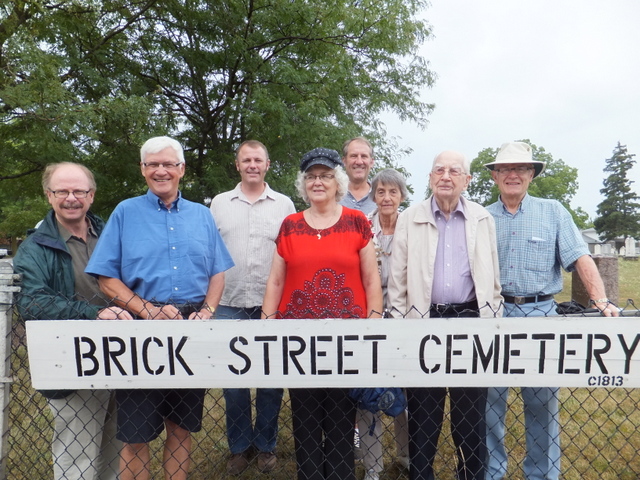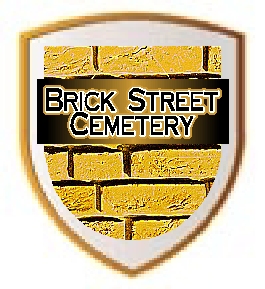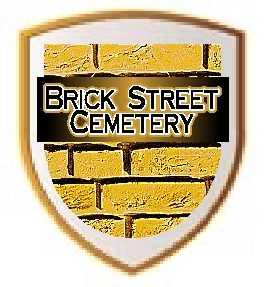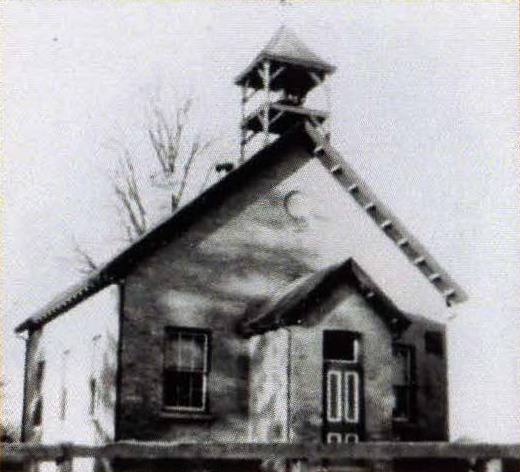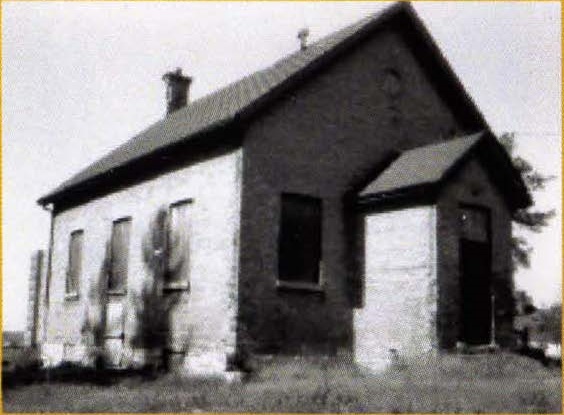Brick Street Cemetery, one of the oldest cemeteries in London, Ontario, began as the burial ground for some of Westminster Township’s earliest European and American settlers who arrived in 1810, with interments dating from at least 1819, potentially earlier. Although originally associated with the neighbouring Brick Street Church (Methodist Episcopal), the cemetery is now owned and operated by the Trustees of Mount Zion United Church. Most of the stones date from the 1800’s, but the cemetery is still active.
The property is recognised as a historic cultural heritage landscape and was designated by the City of London in 1994 for its historical value or interest under Part IV of the Ontario Heritage Act (By-Law L.S.P – 3236-478). It is situated at 370 Commissioners Road West between Topping Lane and Beachwood Avenue, within the modern City of London. Historically, the burial ground is located within Log 34-35 Concession 1, South of the Thames River, Westminster Township, Middlesex County. Stewardship and restoration of the cemetery, as well as genealogical research on associated families has been undertaken by the Friends of Brick Street Cemetery (FBSC).
The FBCS would like to acknowledge Brick Street Cemetery is situated within the traditional territories of the Anishinabewaki and Attiwonderonk (Neutral) People, under the McKee Treaty, Treaty 2, registered in 1790.

View facing west at the gates of the site 
Gravestones at Brick Street Cemetery
Brick Street Heritage
One of London’s oldest roads, Commissioners Road (west of Wharncliffe Road) was for many years known locally as “Brick Street” for there were numerous brick yards located on the farms in the area, some of which dated as early as 1816. Many of London’s historic buildings were made of the buff (white) bricks manufactured here on Brick Street, a now-iconic heritage feature of the region.
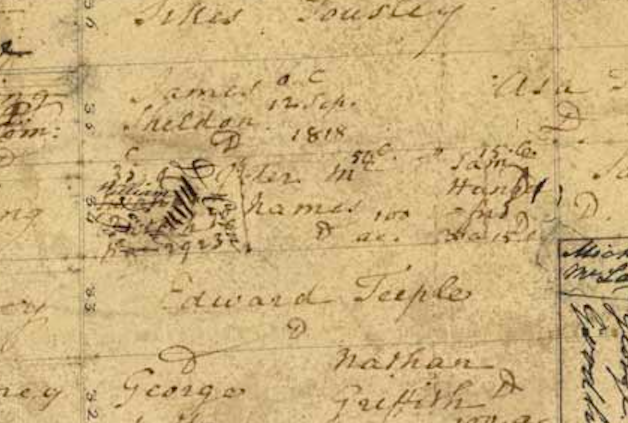
The property where the Brick Street Cemetery sits was originally owned by the Sheldon and McNames families, and later was owned by the Griffith family. On the original patent plan map, the names Peter M. McNames and James Sheldon can be seen on the lots as late as 1843.
Londoners will recognize several surnames at the cemetery that are now used as street names in London: Griffith, Topping, Teeple, Jarvis, Dale, Norton, Trowbridge, Nixon, etc. Their families make up the majority of those buried at the site.
SS #4, later known as a ‘Common School’ and then ‘Brick Street School’, was established in 1816 or 1817. A log school was constructed opposite to the burial ground on Lot 34/35 Con 1, and was replaced by a building of stone and brick in 1840/41, which lasted until 1893 when another brick structure replaced the earlier one. The most recent, built in 1954 to the west at the comer of Topping Lane, was closed in 2011 after 195 years.

The School with bell tower and school bell. 
Brick Street School after closing, with windows boarded up. Photo by Glen Curnoe
The Methodist Episcopal Church congregation in the area was established in 1816, prior to the construction of a formal church structure in the community. It is likely that the congregation held their earliest services in the old school house. The property for the church was sold by Peter McNames in 1851 for the price of five shillings. The 1852 heritage building is now the second oldest church building in London, and was constructed beside the already existent burial ground. The church still stands beside the site today, and is currently a Montessori school.

Friends of Brick Street Cemetery
The stewardship and restoration of the cemetery, as well as genealogical research, has been undertaken by the Friends of Brick Street Cemetery. The FBSC was founded in 2006 in order to restore the burial ground, financially supported by government and private organisations. The organisation has since restored many gravestones throughout the site and maintains the site through grass cutting, public events such as Doors Open London, and other projects on the site.
“In conjunction with the Board of Trustees of Mount Zion United Church, our mission is to preserve the integrity of the Brick Street Cemetery, including the cleaning, restoration, and preservation of the markers, stones and boundaries. By doing so, we hope to protect the future of one of the oldest cemeteries in London, and promote the community awareness of its historical significance.”
This is the mission statement of the organization. Mount Zion owned and maintained the legal responsibility for the burial ground’s upkeep, there were some restriction on the site as it was designated as a heritage site in 1994 The group discovered that the cemetery held liability insurance and charity status through the Board of Trustees and could continue to use the trustee’s non-profit status and charitable donation number to obtain funding. By April 2008, the volunteers established a Board of Directors offering services as Chair, Treasurer, Maintenance, Secretary, and committee members. Several preliminary planning meetings took place, after which the FBSC was ready to start reaching out to gain community support for the project.
In 2012, active members of the FBSC were honoured with an achievement award for their work at the site from the Ontario Heritage Trust’s Heritage Community Recognition Program Today, the group is still heavily involved with the site, and continues to have auxiliary stones installed to aid visitors when visiting. So drop by, visit these early setters, and enjoy!
